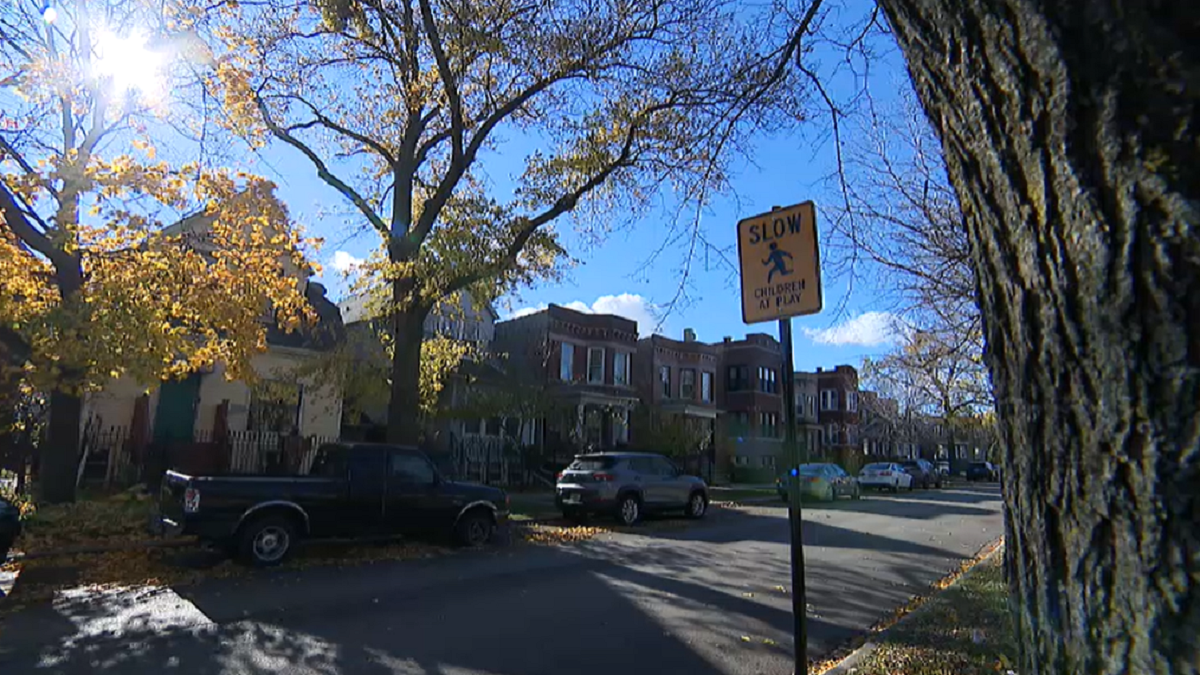Following the first full day of summer comes the June full moon, also known as the "strawberry moon."
But this year's moon will be a bit different, experts say.
The Farmer's Almanac reports the full moon of summer will reach peak illumination at 8:08 p.m. CT on June 21. According to the Almanac, the full moon will be the lowest we've seen in quite some time -- and that will in turn make the moon appear particularly large and could actually change its color.
"Since the 2024 June full Moon happens on the solstice, the very day the Sun is absolutely at its highest of the year, this month’s full Moon on the 21st is the very lowest full Moon, indeed, the lowest we’ve seen in years," the Almanac reported. "Just look at it! Because the Moon is so low, it will appear bigger than ever. This is called the 'Moon Illusion.'"
While the name "strawberry moon" doesn't actually come from the color of the moon itself, this month's moon will likely have an orange-red hue to it.
Because the moon will remain so low in the sky, the horizon will likely give it a colorful hue, but also make for less moonlight, leaving the night largely black.
Why is it called a 'strawberry moon'?
Local
According to the Almanac, the name originated from Native American Algonquian tribes, as well as from the Ojibwe, Dakota and Lakota peoples, who referenced "the ripening of 'June-bearing' strawberries that are ready to be gathered."
Summer solstice
Feeling out of the loop? We'll catch you up on the Chicago news you need to know. Sign up for the weekly Chicago Catch-Up newsletter.
The moon caps off a week of rarities as the summer solstice takes place at approximately 3:50 p.m. CT on June 20 in Chicago. At that time, the Chicago area saw its longest day of the year, with approximately 15 hours, 13 minutes and 41 seconds of daylight -- the most we'll see on a single day this year, according to timeanddate.com.
The summer solstice is the time when the sun reaches its highest and northernmost points in the sky, according to the Farmer's Almanac, marking the first day of astronomical summer.
It is also known as the day with the longest period of sunlight, or the longest day of the year -- for those in the Northern Hemisphere.
According to Accuweather, this year's solstice will be the earliest in 228 years. The last time the solstice took place this early was on June 20, 1796.
"The exact day and time of the solstice varies slightly from year to year," the publication reported.
Weather Network called the shift for 2024 "something exceptional," noting that the early solstice could also be tied to it being a leap year.
"Our calendar still remains slightly out of sync with the solar year. As a result, each leap year, the vernal equinox occurs around 40-50 minutes earlier than the previous leap year vernal equinox," the network reported.
Also of note is the fact that the spring equinox fell on March 19, marking only the second time in more than a century it has fallen on that day and becoming the earliest spring equinox in 128 years.
"Even taking into consideration that there was no daylight saving time back then, 2024's summer solstice is still earlier," Weather Network reported.
And it appears fall and winter will be similar, with the fall equinox being the earliest since 1797 and the winter solstice becoming the earliest since 1798.
Going forward, each leap year after 2024 will also see equinoxes and solstices "even earlier," Weather Network said.



